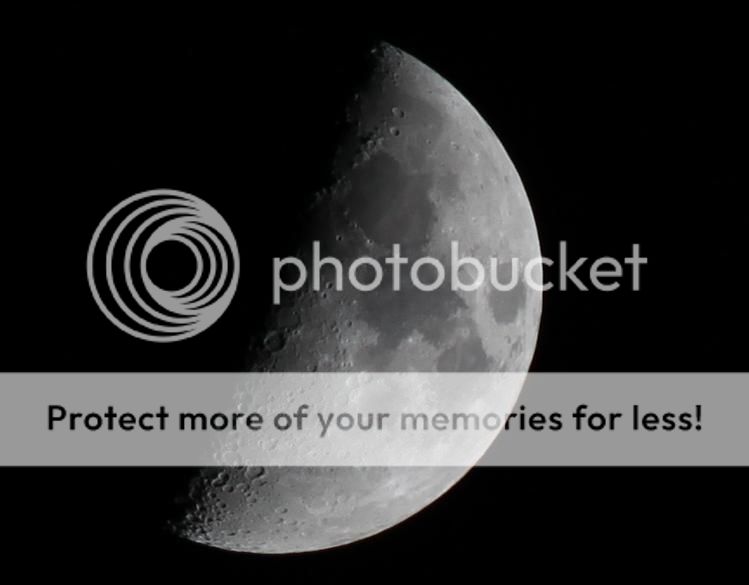dhilberg
TPF Noob!
- Joined
- Jul 26, 2008
- Messages
- 516
- Reaction score
- 0
- Location
- Washougal, WA
- Can others edit my Photos
- Photos OK to edit
These actually look decent, but they are a bit soft and slightly over exposed.
The Moon is very bright... Both shots are over-exposed.
Neither shot is over-exposed. I checked the Levels in Photoshop.
They are overexposed to my liking. There is little detail, and the edge of the moon in both images looks nearly pure white to me, although the first one is slightly better, IMO. While I'm certainly no expert, the moon shots I have done have been actually slightly underexposed (according to levels) in order to bring out the detail of the very bright moon. Properly exposed for the given situation, in other words.
C&C was requested and given. YMMV.















![[No title]](/data/xfmg/thumbnail/30/30885-2764c7a15a288ed06f3903d3a2756832.jpg?1734158890)
![[No title]](/data/xfmg/thumbnail/30/30881-c36788e79b12973b7bf57c94b46961e9.jpg?1734158883)
